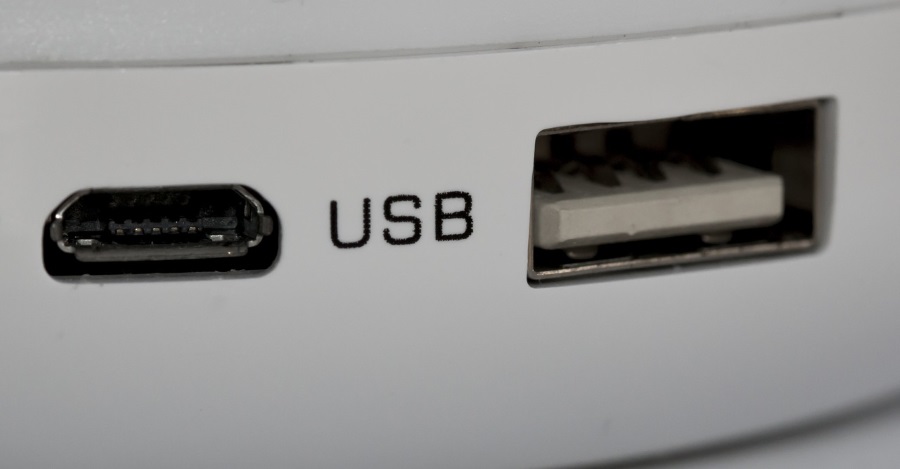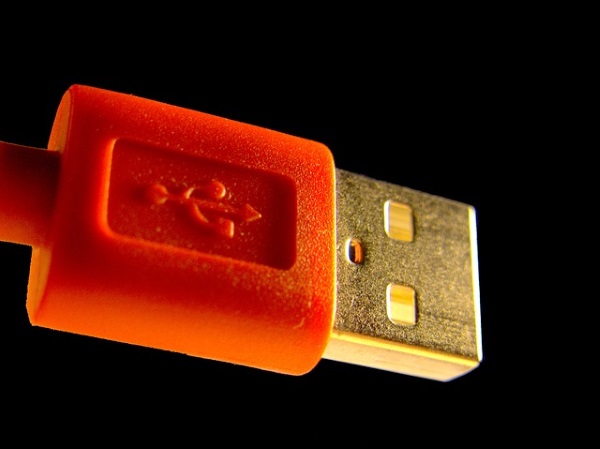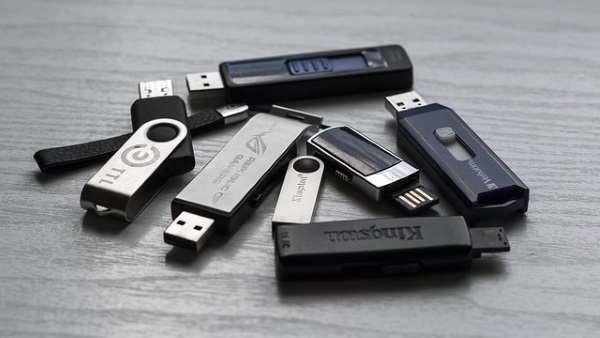What is the Difference Between USB 2.0 and USB 3.0?

A TechJunkie reader emailed us last week asking what the difference was between USB 2.0 and USB 3.0. He had both types of USB port on his new motherboard but wasn’t sure what to connect to what. As always, I am only too happy to help.
USB 2.0 is now legacy technology and has been with us for almost two decades. USB 3.0 is its replacement and while it has been around for a few years itself, is still something of an enigma for non-techies.
USB 2.0
The USB 2.0 standard was released in April 2000. It is capable of a maximum signaling speed of 480Mbps. This is the theoretical maximum not necessarily what you actually get. I’ll explain more about that in a minute. USB 2.0 is also capable of transmitting up to 0.5A of power to charge or power devices.
USB 3.0
The USB 3.0 standard was released in November 2008 and brought a range of changes. It is capable of a maximum of 5Gbps signaling speed while also being compatible with USB 2.0 and even USB 1.0. USB 3.0 can handle up to 0.9A of power for faster charging for compatible devices. If the device is USB 3.0 compatible, charging reduces by at least 25% with this increased throughput.
USB 3.0 has already been superseded by USB 3.1 which was released in 2013. It brought us the USB-C connection cable.
USB 3.0 is faster and can handle more power. Thanks to its new dual-bus architecture, USB 3.0 can also play nicely with older USB specifications and work with the Low, Full and High Speed buses of USB 1.0, 1.1 and 2.0 respectively. That’s why you can plug a USB 2.0 device into a USB 3.0 port or a USB 3.0 device into a USB 2.0 port and it all works as it should. It will however perform to the specifications of the oldest component, USB 2.0 in this case.

Data throughput
I mentioned above that the maximum theoretical signaling speed of USB 2.0 is 480Mbps and USB 3.0 is capable of 5Gbps. This is regarded as a theoretical maximum as there are other bottlenecks to consider. The main one being the quality of the device you are using.
For example, a premium quality USB 3.0 memory stick will usually perform much faster than a cheap one. This is down to the speed of the internal bus and the speed of the flash memory itself within the stick. Transfer rates can vary hugely, on average a USB 2.0 flash drive can transfer anywhere between 8Mbps and 9.5Mbps. A USB 3.0 device anywhere between 11.5Mbps and 286Mbps. As you can see, the variation between them is significant.
Charging
As mentioned when discussing both USB types, USB 2.0 is capable of charging devices at 0.5A while USB 3.0 is capable of 0.9A. While the difference seems small, it can be significant. If you use a compatible USB 2.0 cable to charge a smartphone it would take around 8 hours to charge a Samsung Galaxy S7 from empty to full. I know because I have done it. Use a USB 3.0 port and cable and that reduces to just over 5 hours.
It is still longer than charging using a mains charger but is still a very convenient way to keep your devices powered up.

How to tell which USB port is which?
A quick visual inspection of the USB port can tell you whether it is USB 2.0 or USB 3.0. A USB 2.0 port should have a gray color inside. A USB 3.0 port will be colored blue. This has been adopted as an international standard, so wherever you source your computer parts from, these colors should be the same.
USB 2.0 vs USB 3.0
If you have the choice, you should always use USB 3.0 ports. They are faster and can handle more power. If you use a gaming mouse and keyboard or charge a phone, USB 3.0 is definitely the way to go.
Most motherboards, desktop computers and laptops should include at least a couple of each. Prioritizing which device gets to use them depends on how you use your computer. If you’re a gamer, your gaming peripherals would benefit most from the extra speed. If you use a camera or are constantly charge devices, they should take priority.
USB is a technology that has been around for decades and shows no sign of going anywhere soon. With USB 3.1 and the USB-C cable, innovation continues and more devices arrive to take advantage of faster speeds and better charging. Who knows what will come next?















